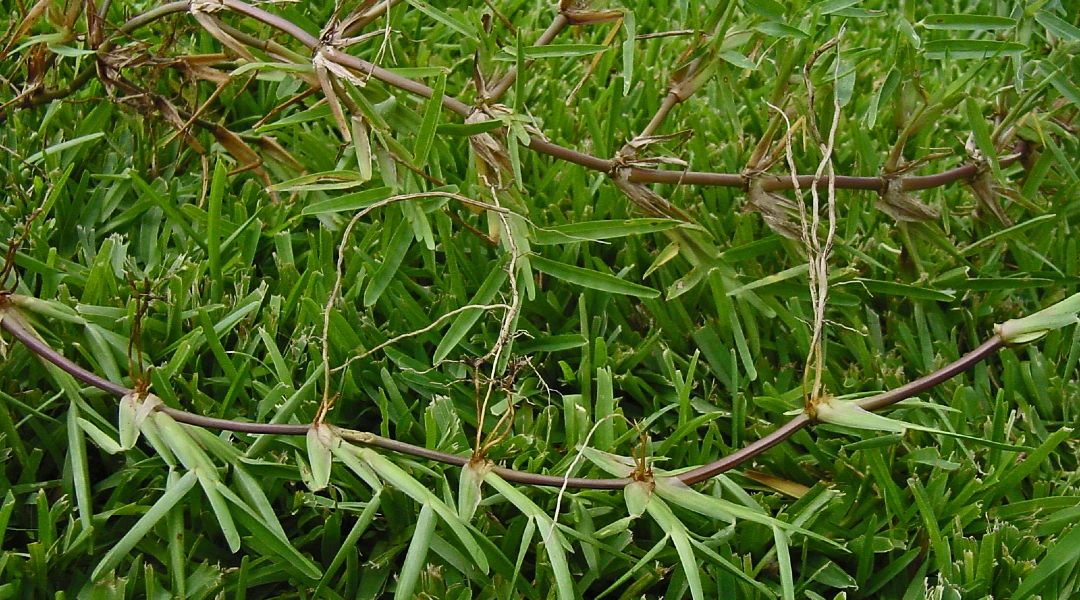If you’ve ever had a St. Augustine lawn, then you know that runners can be a huge pain. These pesky tiny plants can quickly take over your entire yard if you’re not careful! This guide will teach you how to get rid of St Augustine grass runners for good. We’ll also explain why they form in the first place and show you how to prevent them from appearing in the future. Let’s get started!
What Exactly Is a Runner?
A St. Augustine grass runner is a stem that grows horizontally just below the soil surface. These stems, also known as stolons, can grow up to 12-24 inches long and produce new plants at their tips.
Runners are often mistaken for roots because they appear similar in color and texture. However, stolons lack the root system that helps to anchor a plant in place.
St Augustine runners are a type of stolon that forms above ground. They can extend several feet from the main plant and quickly develop new plants at their tips. Runners often take root where they touch the ground, forming dense mats of grass that can be difficult to remove.
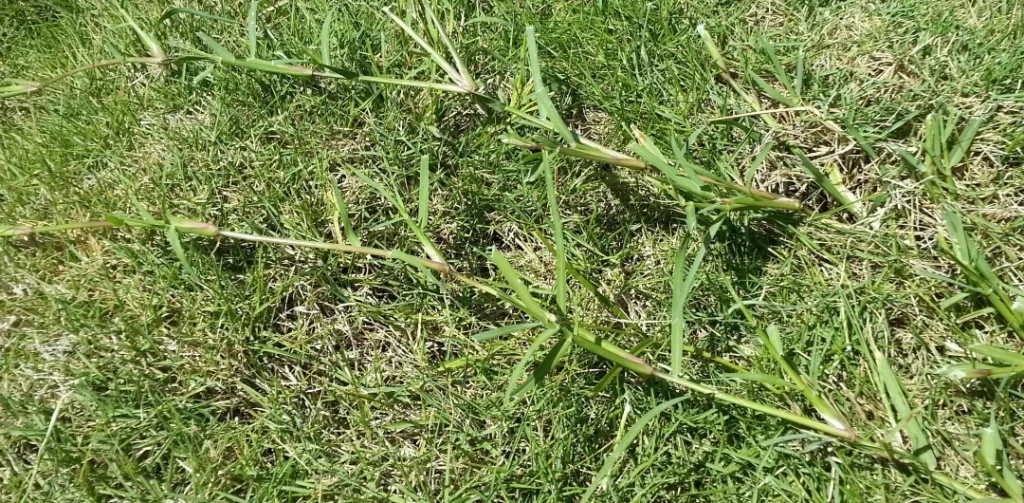
Runners are usually a problem for golf courses as St. Augustine is commonly used for golf course fairways. However, they manage to get rid of them, and if you want the same lawn as beautiful golf courses, keep on reading!
Why Do Runners Form on My St. Augustine Grass?
St Augustine grass Runners form as a way for St. Augustine grass to reproduce. The plant sends out these horizontal stems in search of new territory to colonize. Once a runner finds a suitable spot, it will take root and begin growing upward to form a new plant.
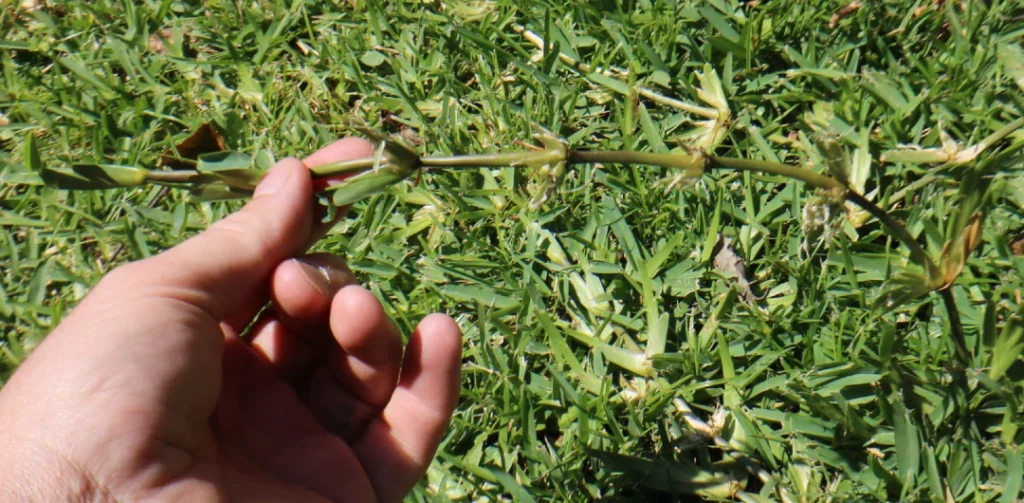
While runners can be helpful if you’re trying to propagate your lawn, they can also be a significant nuisance. Stolons can quickly turn a neatly manicured lawn into an overgrown eyesore if left unchecked!
How long does it take for St Augustine runners to spread?
A newly transplanted runner usually takes 7-14 days to spread and produce new shoots. If the conditions are ideal, a runner can grow up to 12 inches in a single growing season, basically feet long!
How to Get Rid of Runners on a St. Augustine lawn
You’ll want to get rid of any unsightly runners quickly before they start forming roots. Follow these tips to keep your turf beautiful and free of long runners.
TIP #1 – Manually remove them

The best way to get rid of runners is to remove them from the soil manually. This can be a time-consuming task, but it’s the most effective method for getting rid of these unwanted plants. You’ll need to dig up each runner and pull it out by the roots.
Be sure to dispose of the stolons in your trashcan or compost bin with organic matter so that they don’t take root elsewhere in your yard.
TIP #2 – Regular mowing with a high setting
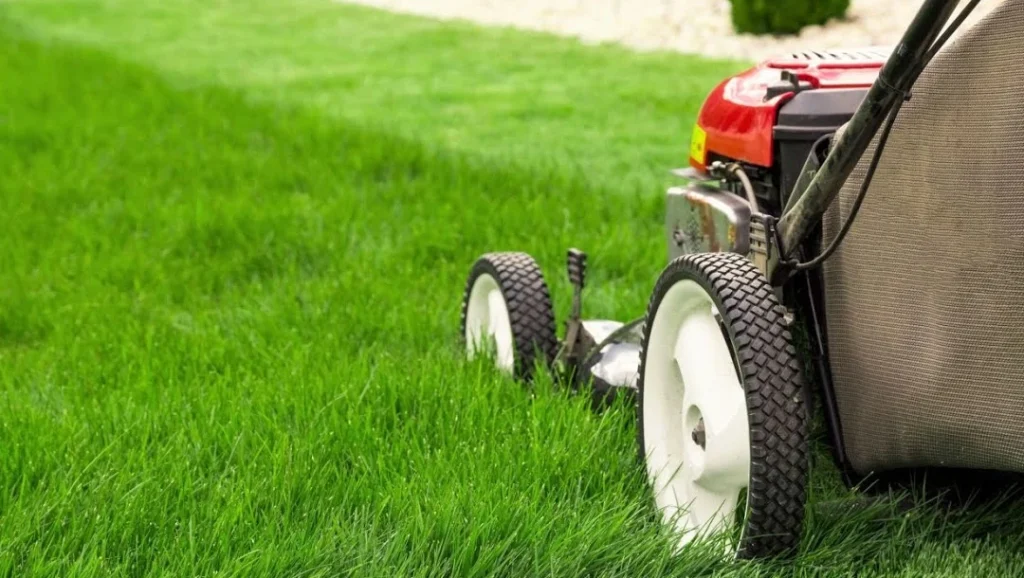
If you have quite a small lawn, you may be able to control runners by mowing them regularly. Mow over them as they appear with your mower blade set to the highest level. This will cut the stems and prevent them from taking root.
We recommend these lawn mower engines for your mower.
TIP #3 – Weed control herbicides
You can also use herbicides to control runners, but this should be a last resort. Herbicides are not selective, meaning they will kill your grass along with the runners. Apply herbicides according to the manufacturer’s instructions and always follow all safety precautions.
Preventing Runners from Forming
The best way to deal with runners is to prevent them from forming in the first place! Fertilize your grass on a regular basis to achieve this. A healthy lawn is less likely to send out runners in search of new territory.
You should also mow your lawn frequently to keep it short. Longer grass is more likely to produce runners than shorter grass.
By following these tips, you can keep your lawn looking neat and tidy all season long!
Can you transplant St Augustine runners?
Yes, you can transplant St Augustine runners, but it’s best to do so in the spring or summer. The best way to remove runners is with a spade or garden hoe. You’ll want to dig up the entire runner, including the root system. Once you’ve removed the runner, you can replant it in another area of your lawn.
It’s important to note that this type of grass is a warm-season grass. This means that it will go dormant in the winter months. If you live in an area with cold winters, you’ll want to wait until spring to transplant your runners. Otherwise, they may not survive the winter dormancy period.
Sprigging
You can also use the method called sprigging to transplant St Augustine runners. Sprigging is when you take small pieces of the runner, including the root system, and plant them in another area. This is a quicker method than digging up and replanting the entire runner.
Whether you dig up runners or sprig them, it’s important to water them well after transplanting.
Sprigging is harder than sodding, but it’s much less expensive.
Sodding
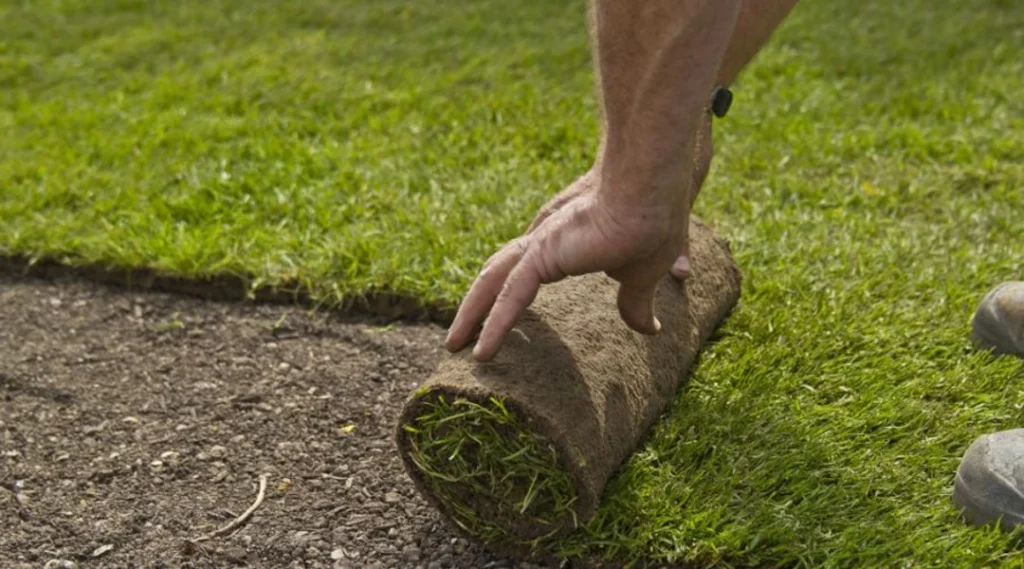
Sodding is when you lay down a piece of sod that already has grass growing on it. This is the easiest method of transplanting, but it’s also the most expensive.
If you’re looking to save money, sprigging is the way to go. Just be prepared for a little extra work.
Why are St Augustine grass runners on top of it?
While it’s not unusual to see St. Augustine stolons on a lawn with sparse places, many homeowners are astonished to find these runners growing on top of their fully-grown turfgrass. Because they grow so near to the ground surface, these runners can be difficult to notice in well-established St. Augustine lawns.
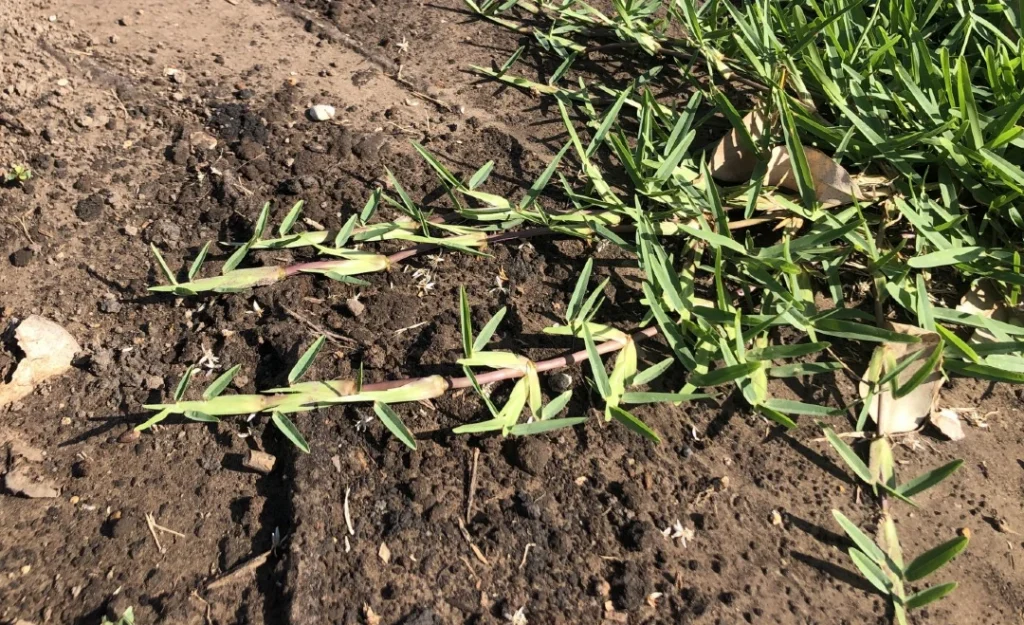
If you see St. Augustine grass runners on the top of the grass blades, it signifies the little roots they’re growing can’t penetrate the soil and adhere to the earth. This is mainly due to a problem with soil compaction. As a result, the ‘floating’ stolons stiffen and rise to the turf’s surface rather than remaining near to the soil’s surface.
Soil compaction is often caused by over-trafficking on the lawn. This could be from too much foot traffic or even from machineries such as lawn mowers and weedeaters.
If you notice St. Augustine runners on top of your turf, it’s a sign that the soil is in need of aeration. Aerating the lawn will help to alleviate compaction and allow the stolons to once again grow close to the soil surface.
Aerating can be made using a garden fork or a specialized machine that can be rented from most hardware stores. For best results, aerate your lawn in the spring or fall when the grass is actively growing. Doing so will help to ensure a healthier lawn that’s better able to resist disease and pests.
Planting St Augustine Grass Runners
If you’re looking for a new lawn grass, you may want to consider St. Augustine for your lawn. It’s a warm-season turfgrass that’s common in the southern United States. One of the best ways to establish a new St. Augustine lawn is by planting runners. Here’s how to do it:
First, prepare the planting area by removing any existing grass or weeds. Then, loosen the soil with a shovel or tiller.
Next, lay the runners on the ground and space them about 12 inches apart. Once you have all the runners in place, cover them with a thin layer of soil.
Water the area thoroughly and keep it moist until the runners start to grow. Once they’ve established a strong root system, you can reduce watering to once or twice a week.
FAQ
We hope that with the help of this article, you’ll get the thick and dark green turf grass that you’re looking for. Next time you see runners grow, remember this information and remove them immediately before they start forming new roots. If you have any questions about caring for your lawn, feel free to contact us. We’re always happy to help!
We recommend products from companies like Amazon, which we also get a small commission from, to keep this website running. However, we want to stress that all of the products we recommend are tested, used by us, and 100% unbiased and true.

